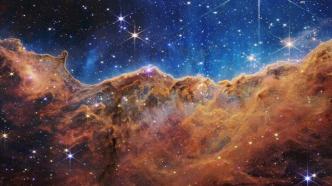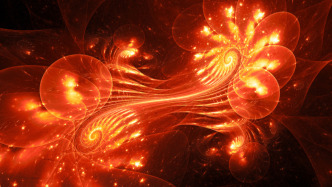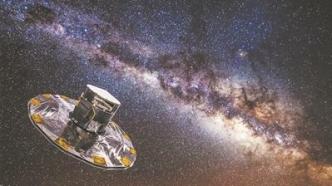
An analysis by American astrophysicists has set the most precise constraints yet on the composition and evolution of the universe. Through this analysis, known as Pantheon+, cosmologists confirm that the universe is made up of about two-thirds dark energy and one-third matter, mostly in the form of dark matter, which has accelerated over the past billion years swell. The findings were recently published in a special issue of The Astrophysical Journal.
Both dark energy and dark matter are cornerstones of the Standard Model of cosmology, but have yet to be detected directly, and thus are the model's biggest mystery. By placing modern cosmological theory (the Standard Model) on a more solid basis of evidence and statistics, Pantheon+ is equivalent to closing the door to other alternative models explaining dark energy and dark matter.
Pantheon+ is based on the largest dataset of its kind, including more than 1,500 stellar explosions called Type Ia supernovae. Because Type Ia supernovae outshine entire galaxies, star explosions can be seen from more than 10 billion light-years away. Since supernovae shine with near-uniform brightness, scientists can use the explosion's apparent brightness (which diminishes with distance) and redshift measurements as markers of time and space. This information, in turn, revealed how fast the universe was expanding at different times.
"In many ways, the latest Pantheon+ analysis is the culmination of more than two decades of hard work by observers and theorists around the world in deciphering the nature of the universe," said Adam Rees, co-winner of the 2011 Nobel Prize in Physics.
The new analysis took the data as a whole and concluded that 66.2% of the universe manifests as dark energy, and the remaining 33.8% is a combination of dark matter and matter.
Another key result from Pantheon+ is the determination of the current expansion rate of the universe, known as the Hubble constant. The study found a Hubble constant of 73.4 (km/s)/Mpc gap with an uncertainty of only 1.3%.
The researchers say that with the Pantheon+ dataset, they can obtain a precise view of the universe from dark matter-dominated to dark-energy-dominated. This is a unique opportunity to see how dark energy turns on and drives the largest evolution in the universe. Now studying this transition with stronger statistical evidence promises new insights into the mysterious nature of dark energy.
Editor-in-Chief
Dark matter and dark energy can be described as "unconventional cards" in the universe, posing a challenge to the existing theoretical models of physics. Although there is plenty of circumstantial evidence that they may indeed exist, dark energy and dark matter cannot absorb, reflect and radiate light compared to the energy and matter we can detect, so they are not directly detected by existing technical means. How much dark energy and dark matter are there in the universe, and what are their magical characteristics? These are all to be further demonstrated, detected and calculated. The latest research has estimated the proportion of dark matter and dark energy in the universe, giving us more understanding of these two mysterious "men in black".
(Original title "20 years of research on deciphering the composition of the universe released - the most accurate calculation of dark energy and dark matter so far")


